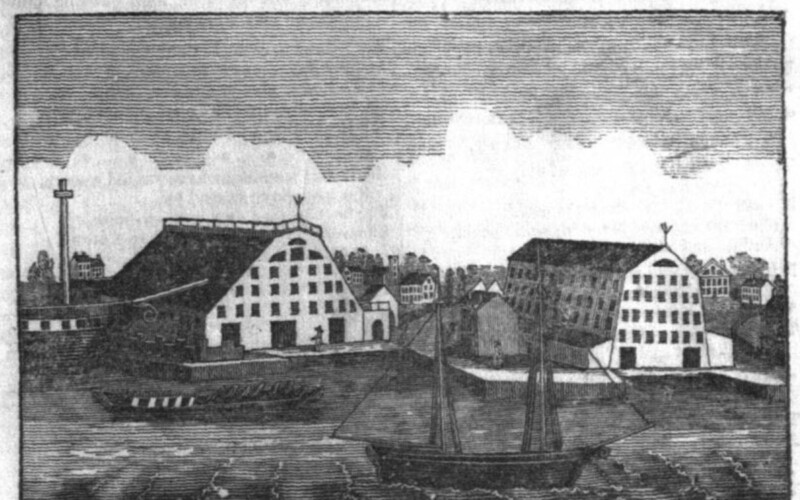We have experience hosting a range of audiences, from college classes to birthday parties to company outings, and we customize our tours to meet your group’s interests and needs.
Book a private tour today
To celebrate the Brooklyn Navy Yard’s 221st birthday, which takes place during Black History Month, we’re looking at the past and present of Black trailblazers and innovators at the Yard. …
Read more
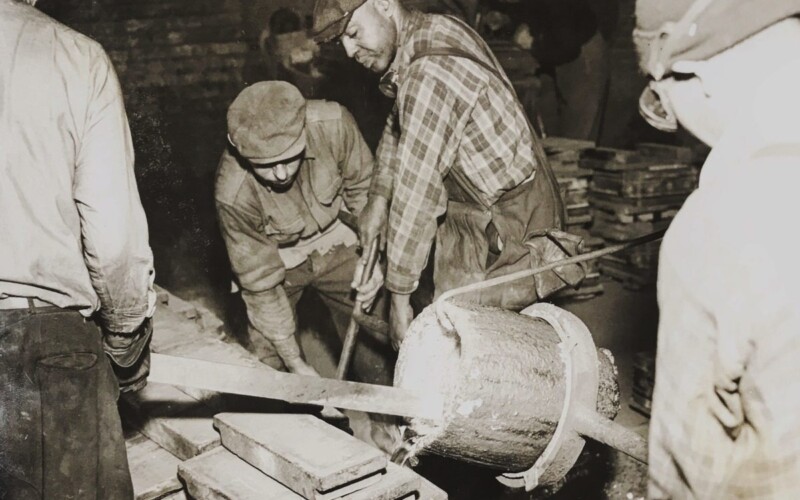
Celebrate Valentine’s Day as we share some of our favorite love stories from history from the places that we work. We will share long-distance love letters from World War II, …
Read more
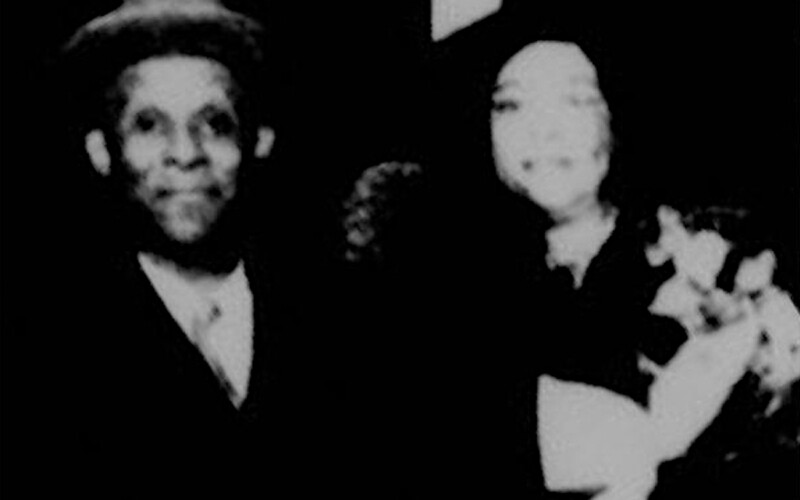
In 1835, Naples-born painter Nicolino Calyo arrived in New York, and over the next 20 years, he produced a body of work that captured both the grandeur and minutia of …
Read more
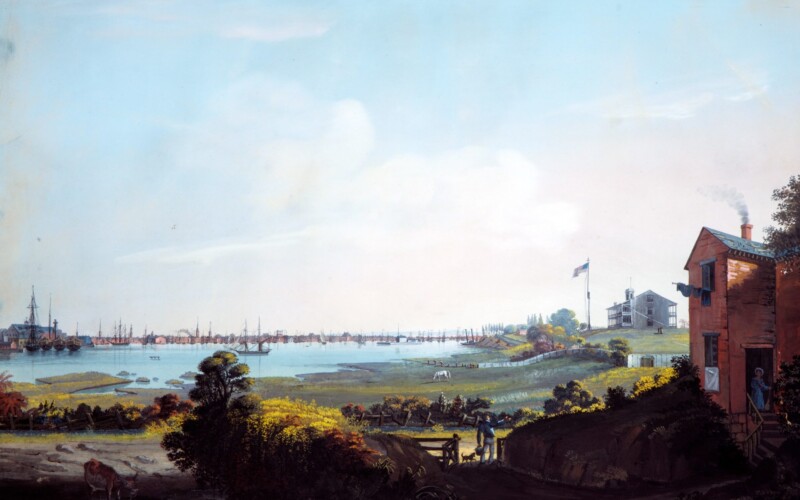
The formal education of Black New Yorkers began with the Manumission Society’s African Free Schools, which first opened in 1787. Though the city was at the forefront of Black education, …
Read more
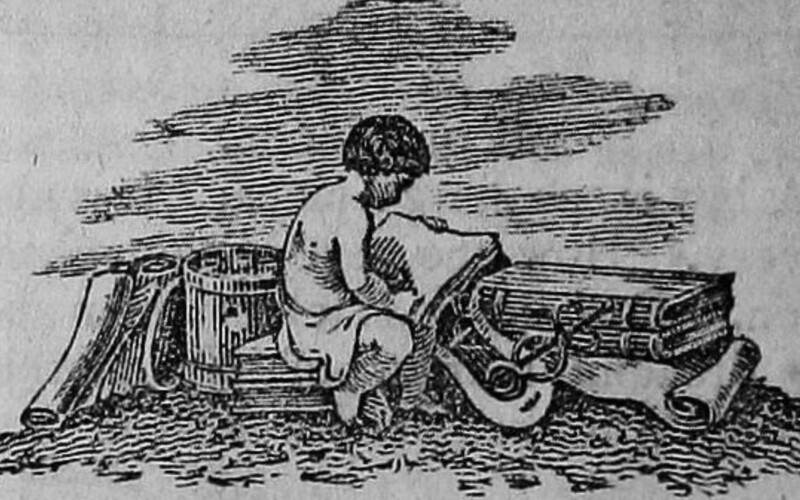
Join us for another virtual boat tour aboard a beautiful motor yacht with our friends at Classic Harbor Line. This time we will be heading north, exploring the very northern tip …
Read more
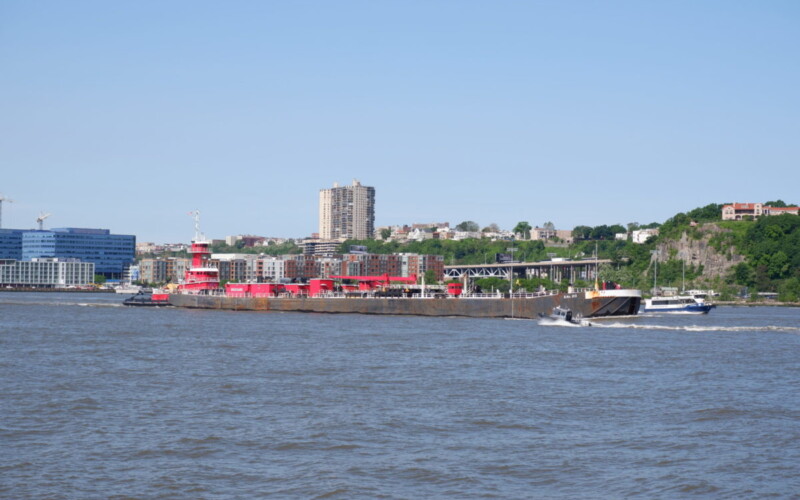
The celebrate Black History Month and the 220th birthday at the Brooklyn Navy Yard, we are looking at the obstacles and opportunities that Black people encountered at the Brooklyn Navy …
Read more
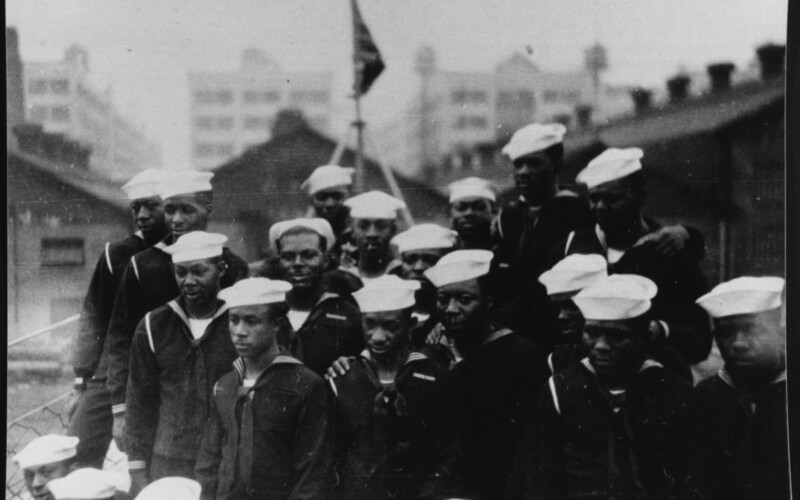
When the Brooklyn Navy Yard was founded in 1801, more than a quarter of the inhabitants of Kings County were enslaved, and 60% of households included an enslaved person. This …
Read more
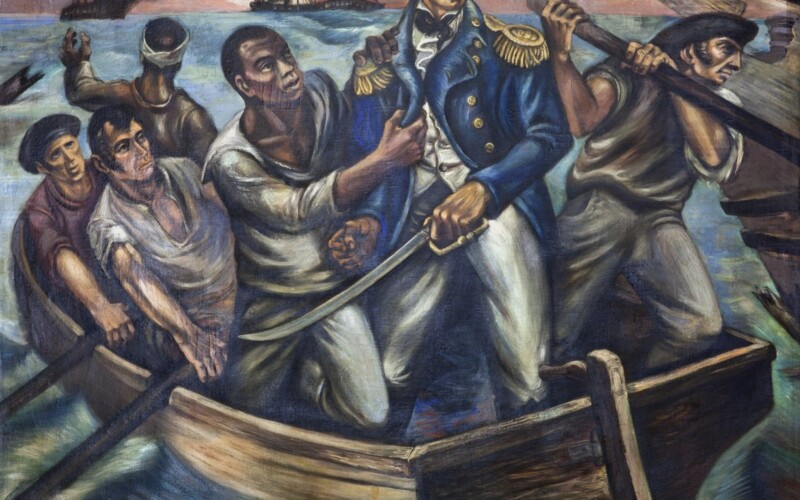
After nearly 12 years of leading tours at the Brooklyn Navy Yard, one of the most difficult questions we get – and almost always from young people – is this: …
Read more
